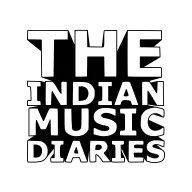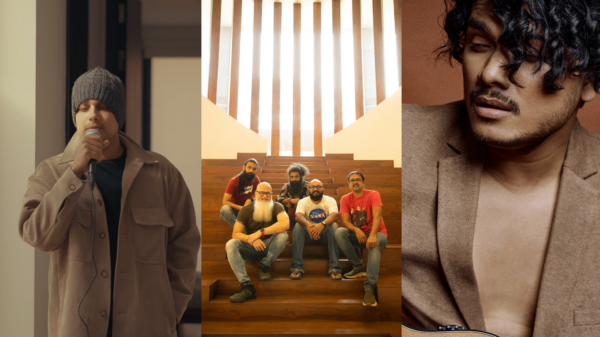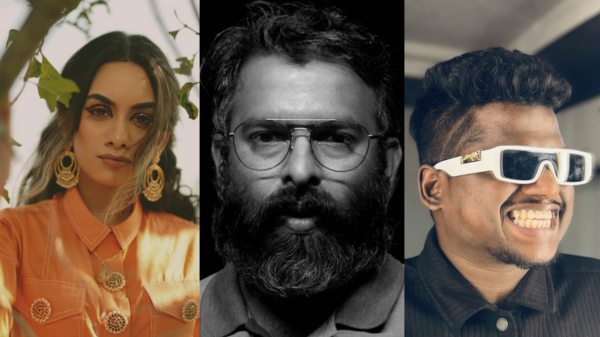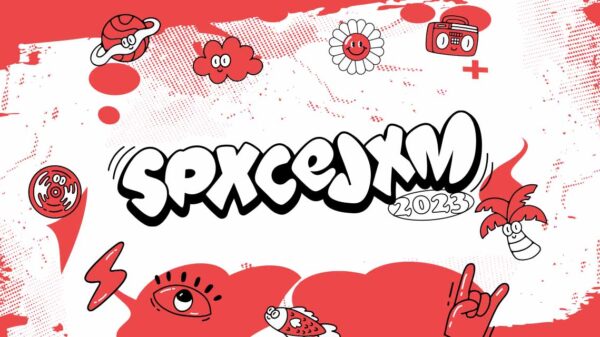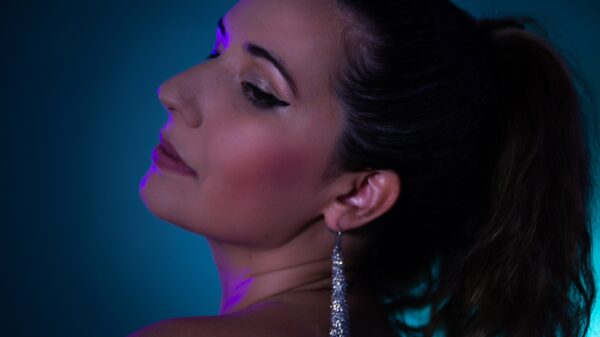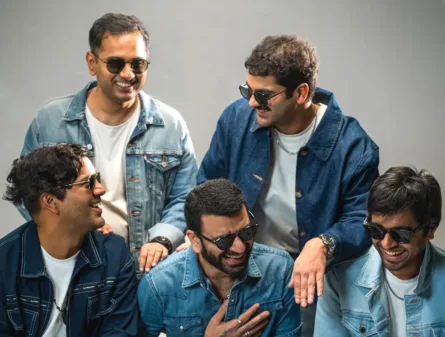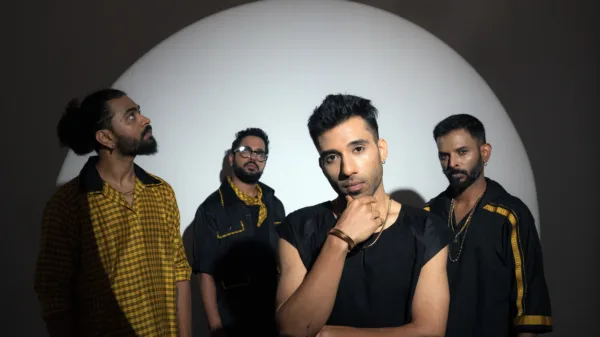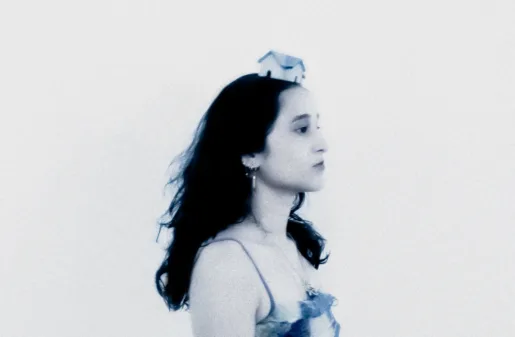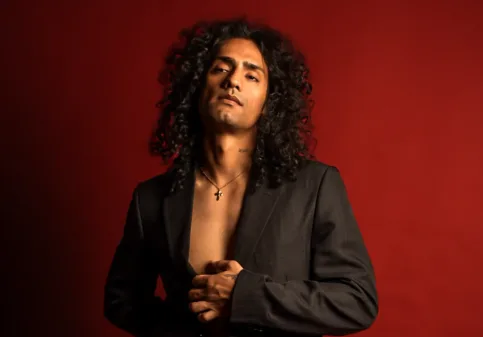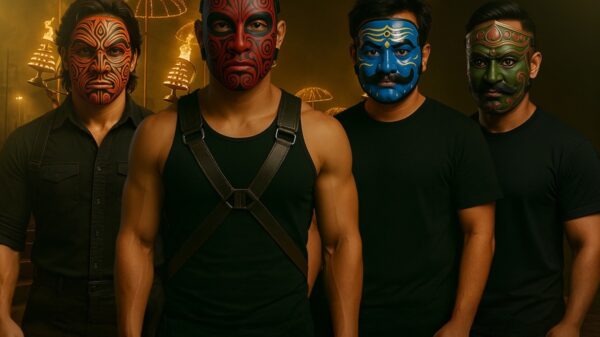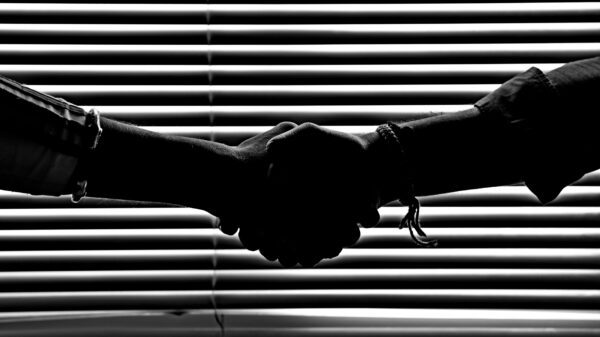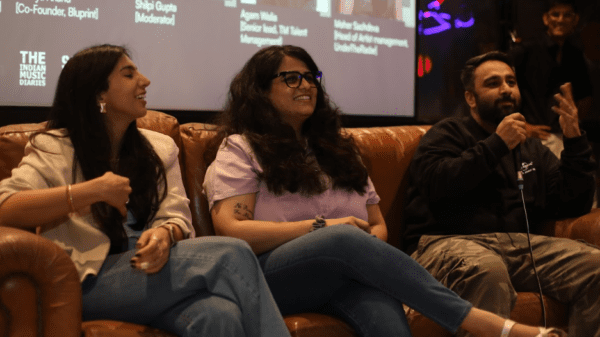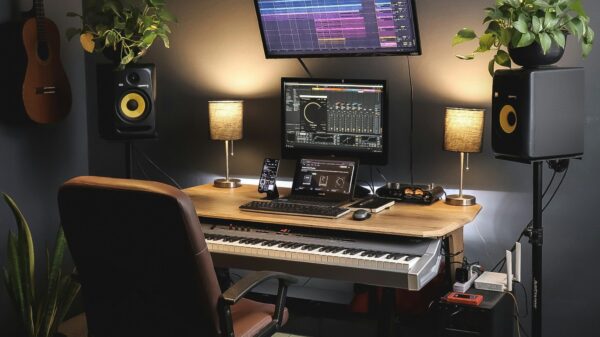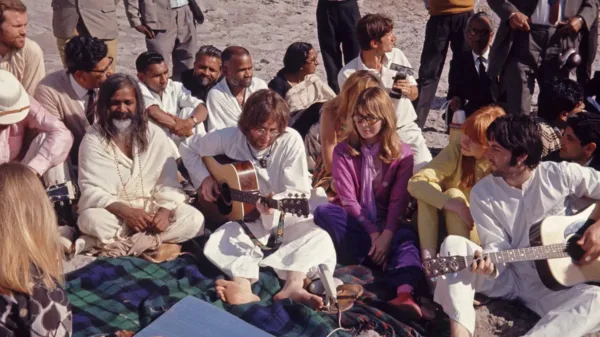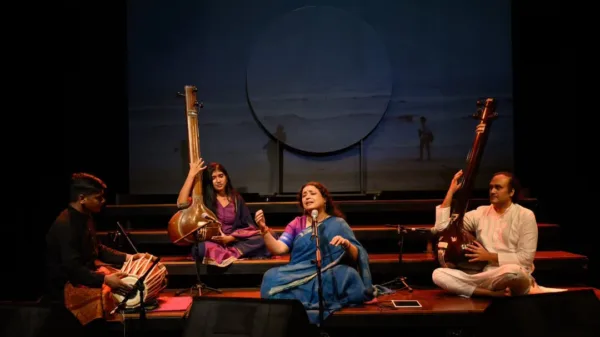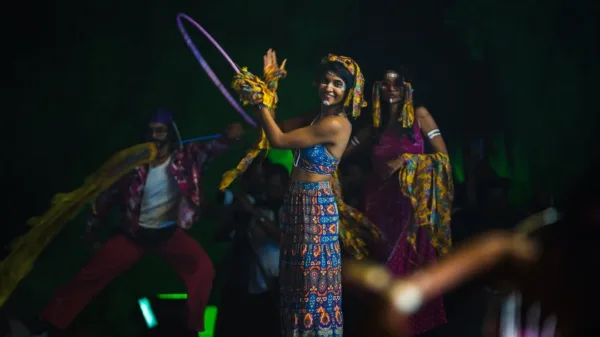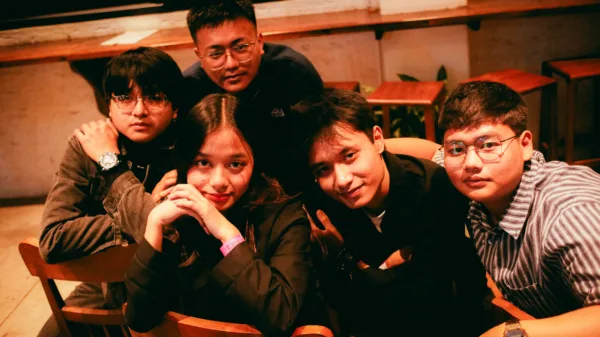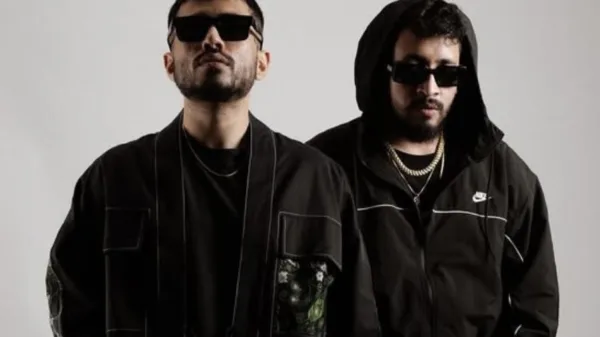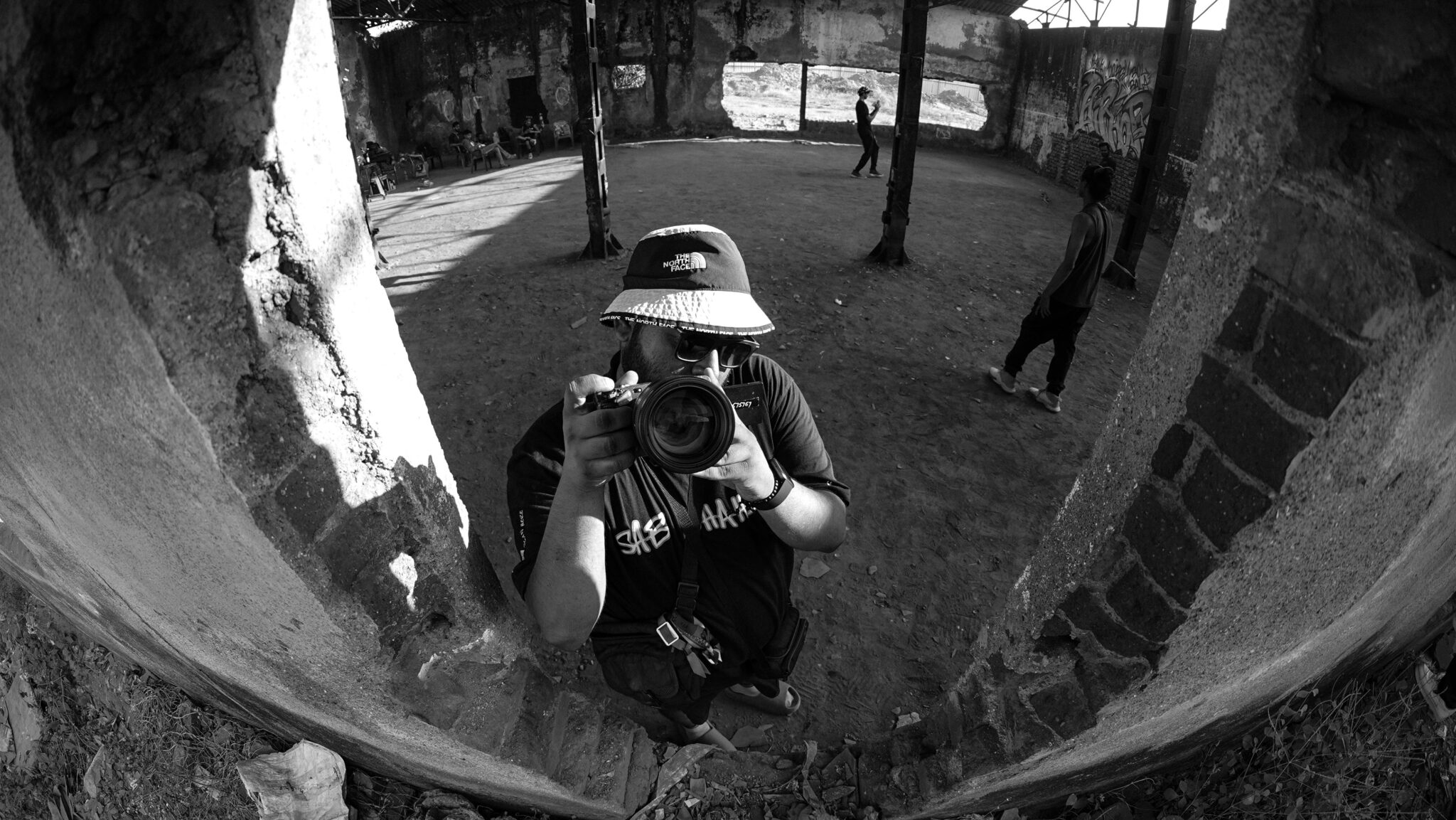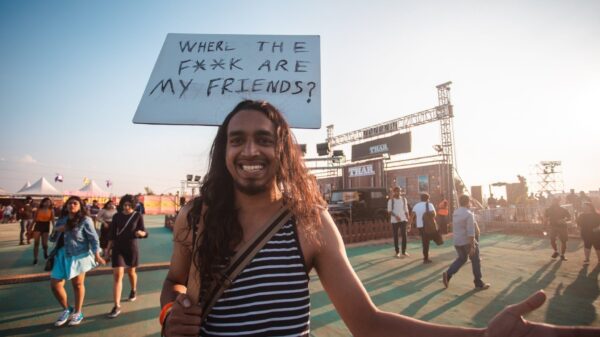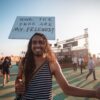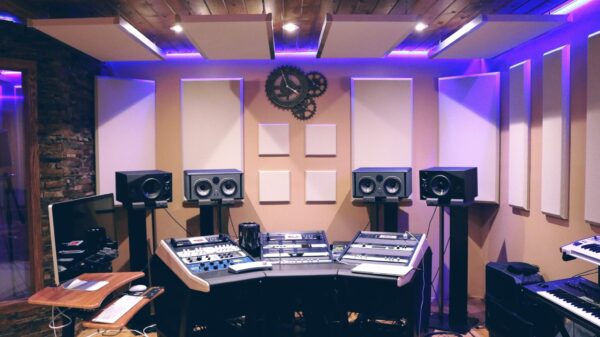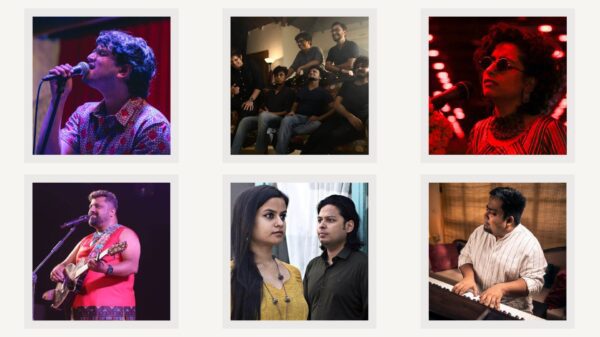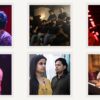Meghan Katti describes himself as ‘a multifaceted creative force’ which is quite apt considering he is a renowned director, director of photography (DOP), editor, creative director, and photographer. He has been working for a long time now, having collaborated with artists such as Seedhe Maut, Yashraj, Dhanji, Pav4n and many more. Read more to find out about Katti’s journey, his creative process, his take on the significance of proper visuals and his vision and plan with Katti Media.
Tell us about your journey as a music director. How did you build your own space in the industry?
On days when I deliberately have to think back to how I started, the memory is quite blurry because of how stacked with memories the journey has been. It was almost never about being a director or a filmmaker. But more so about the music always. Music runs through my blood more than anything, with my grandmother’s 45-year musical history, then growing up watching my mother teach classical music to kids in Abu Dhabi, to now my younger brother making music.
In fact, I have been extremely keen on becoming a software engineer since school. I always wanted to do research in AI and ML at some point during my childhood.
In my 6th month of engineering though, amidst quite a couple of empty bottles, I saw a concert after the movie for the first time ever. I still remember that moment when I felt,” It would be pretty cool to be there.” Lo and behold, I was travelling back home with all things packed up. Reached, out and told my parents about the classic middle-class Bollywood scene but I found some drive in chasing the music and the fleeting moments of being that moment. And then the music kept inspiring me to grab more chances to just be backstage or in the studio or just in the vicinity of musicians, DJs and whoever musical; with my camera. They are having a conversation with a fly-on-a-wall videographer and me building and growing what would be the compass for my drive. I think I’ve been stubborn with sticking to music in certain moments like the pandemic. Applied for an Amazon Call centre. Got rejected and strangely felt like that was a sign.
Your recent work with Pataka Boys has been a treat for the audience. Can you tell us more about it? How was it like taking the creative lead this time around?
Absolute props to Pav4n for believing in me with that. There are very few people who express their appreciation regularly. It really makes a difference in the perspective you go at a project with. It makes you observe better and find the nuanced elements that are amazing stacking blocks in building a project. The synergy with Pataka boys truly coincides with the beliefs of Katti. Which is documenting the world around us for what it is, uncovering stories and narratives within the rawness of reality. I viewed my role as creating a space where frames, shots, and stories naturally reveal themselves. This organic approach allowed the authentic, spontaneous moments to surface. Which I hope as the rollout progresses, resonates with our audiences more.
What is your creative process like?
The music is paramount. The music moved me to create most things I attempted. Most of my original videos have had the audio track chopped, mixed and blended before I touch the video clips. I like to spend some time with the music to see if I feel I understand it and can provide value to it. Even when I’m outside shooting I am paying attention to settings and frames as such 60% of the time. The other 40% is where most of the elements for Katti have come from. I often don’t have too rigid a pre-decided perspective towards my videos besides a general understanding of what message I am/ we’re trying to communicate.
What importance do you feel that proper music videos have on a track and the trajectory of an artist?
The scene has been changing more so than ever in the past 6 years. The ways of marketing have changed, also in reference to the conversations I’ve had with people attached to the video space visuals that have an easier and straight-to-the-message intent through narratives inspired very closely to the artist’s life treatment, have been doing way better in amplifying the message and garner a loyal audience. I have also noticed a lot of artists (music) have been coming up with very strong visual concepts as well.
Of course, providing value will always be one of the most appreciated attempts from artists and creatives.
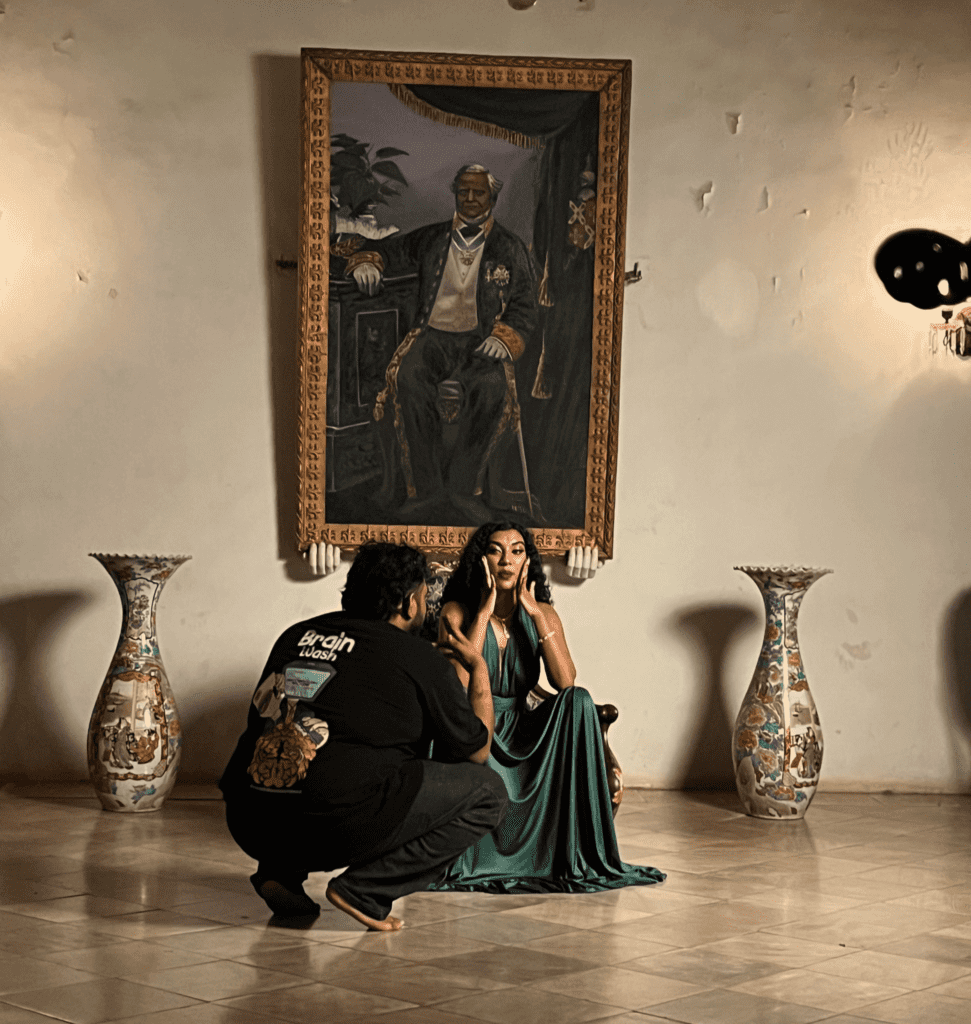
How significant do you think a filmmaker, or let’s say a visual storyteller’s own originality and authenticity is?
I don’t think it’s a question of how significant it is. It is the only way to make something or anything worthwhile in our lives. That is to surrender a little piece of us in everything we do, whether it is making videos, making food, knitting; whatever it may be. Art is a way of life. You don’t choose to make art when you sit down at the laptop or with your paints. Art is happening when you’re standing in the local train all sweaty, and also when you’re cutting vegetables for your meal and any other task that falls short of performing an action towards intent. From that surgical observation of how things flow and react to action, elements absorbed and integrated into one’s art are revealed. I can’t even start to describe how many times I’ve put effort into truly observing something happen, feel it entirely to dissect every layer of reaction; only to find compositions, stories and even colour grades.
Tell us about Katti Media. What do you aim to achieve with this venture?
Katti Media is an umbrella of colouring outside the lines so much that one day we make the lines disappear. Even ‘Katti’ is not a single person. My aim with the word is for it to inflict the art of observation and art itself into the consumer. My highest definition of success, when I started my career, was only to tour with as many and the biggest musicians for the rest of my life. But after spending years doing so I realised I had a lot of things to say as well. That pivot into wanting to build something to amplify a larger and much-needed message became a part of the mission. It was my 25th birthday and I felt a shift in energy within me. I’m a very emotional and expressive person and I think I’ve been holding onto a lot of things within me. What inspired me to make my first original video based on my story, was the feeling that I am so fortunate to have been dropped on this planet with the skills of visual expression. I really want visual creatives to understand that being behind the camera is not the only thing they can excel at, I am sure anyone who works professionally with a camera has been in so many rooms and places that inspired them and that all those are stories within them. And they can express those stories as a career being a visual artist. We don’t have to be stuck being just a videographer or an editor, we can be so much more and build so much more.
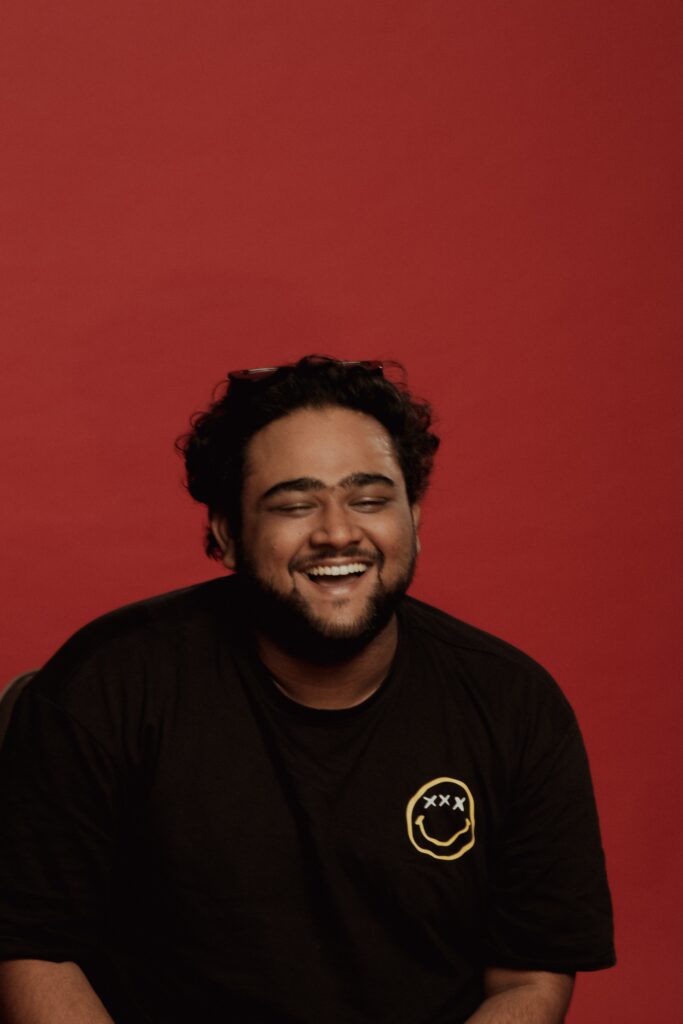
What are your inspirations? What did you consume and how did you begin creating your own art?
As you know by now, music is the biggest inspiration. I always revered musicians for the fact that they build entire worlds using just their breath and a mic. And what I consumed most was the message any musician I like is trying to express. “Why do they do what they do?”, turned into “Why do I do what I do?”. I think that was the biggest inspiration to start creating my own art. Besides that I consumed for hours daily for years, music and stories of any artist whose story I ‘felt’. As inspiration, I also consume a lot of conversations, videos and music of people like David Choe(painter), Russ, Asap Rocky, Action Bronson, Dhanji, Terrence McKenna, Alan Watts, Rory Kramer, and Ben Hagarty to name some.
My style of creating art aligns a lot with ’simple expression’. I love keeping the energy and aesthetic of my pieces as close to the feeling I get while making them or close to how I felt while recording the moments I’m showing in the videos. This direction subtracted the technical barriers of using the best camera or complex editing processes. I love 90’s tape-style edits simply because of how straight to the emotions they hit. So I watched a lot of movies about coming-of-age artists, and a lot of conversation-based movies like The End of the Tour to help narrative building through simple imagery and intricately layered audio and voice. It helped me build my taste and my style better. Since the direction that resonated with me was so straightforward I reduced the challenges only to better storytelling and world-building.
Tell us about your future plans. What do we get to see from your side this year?
I have a lot of plans with Katti but I remind myself to not rush into anything. Patience is a virtue that takes any brand or artist a really long way. My aim with Katti is to build a creative space where artists of any kind can come to and look for guidance on how to build their brand using their original stories and for me to be able to help them build a sustainable community and business. Besides that I have a couple of my own original projects underway like a fully Katti-curated exhibition with some of my past and present work, starting my own magazine to explore the storytelling in writing and featuring other artists and people I find really cool; to name a few things I’m trying to work on. Of course, the story of Katti also keeps evolving which ends up keeping me on my toes as well to see what the energy of the brand attracts and gravitates towards.
